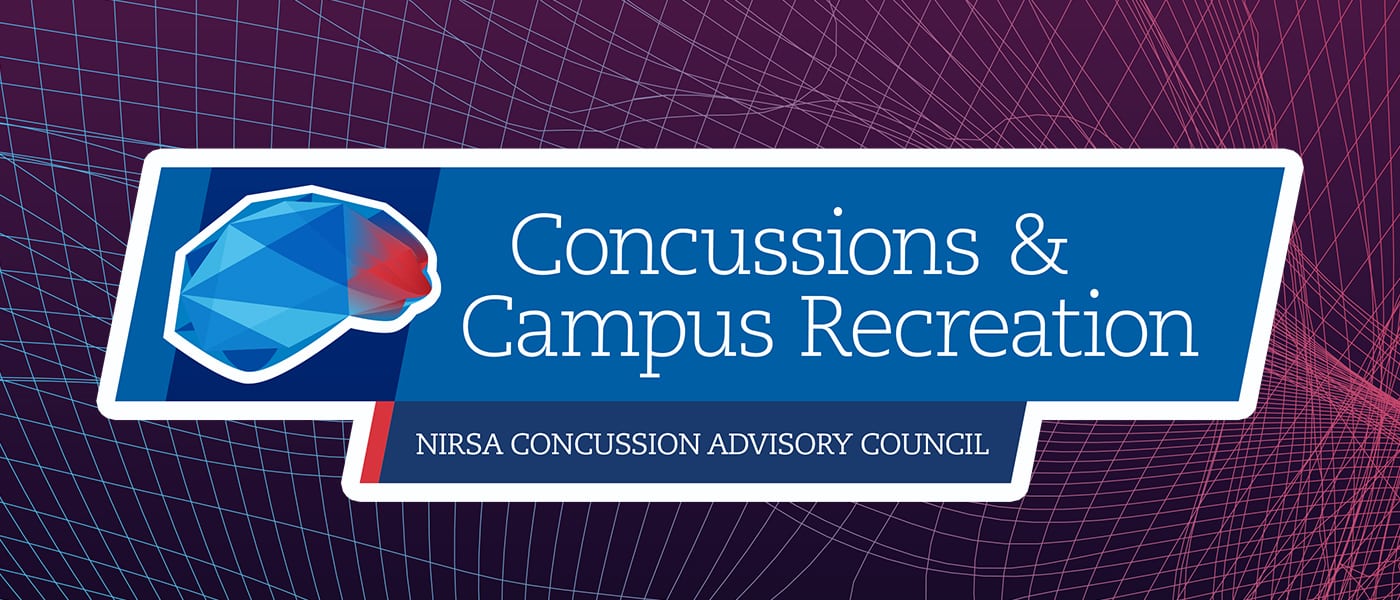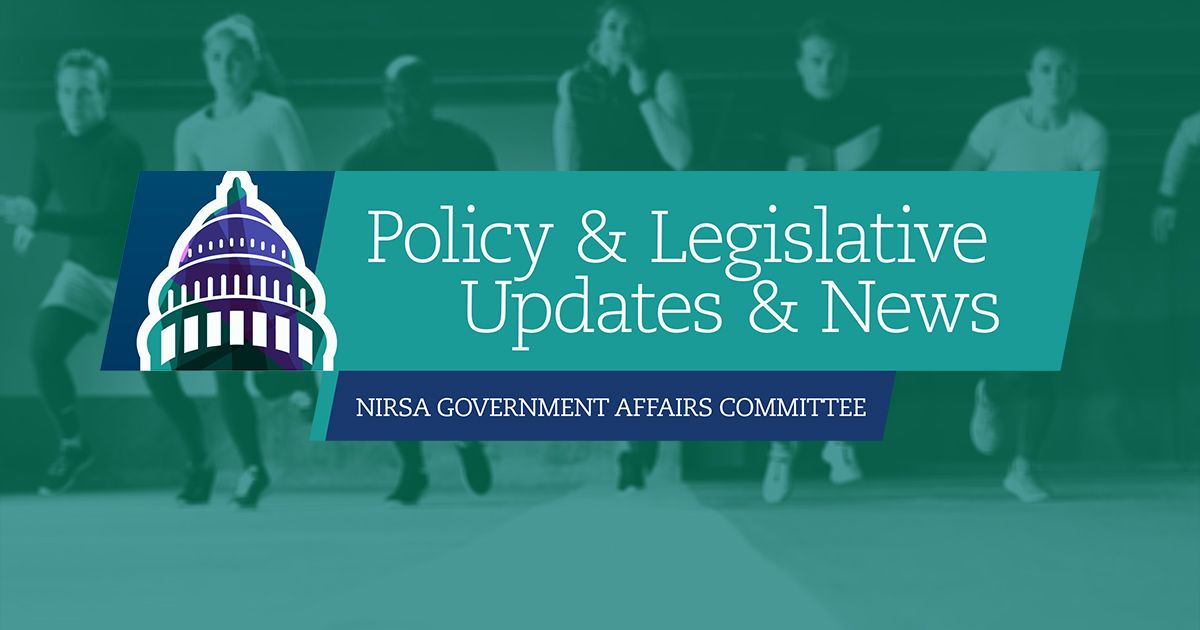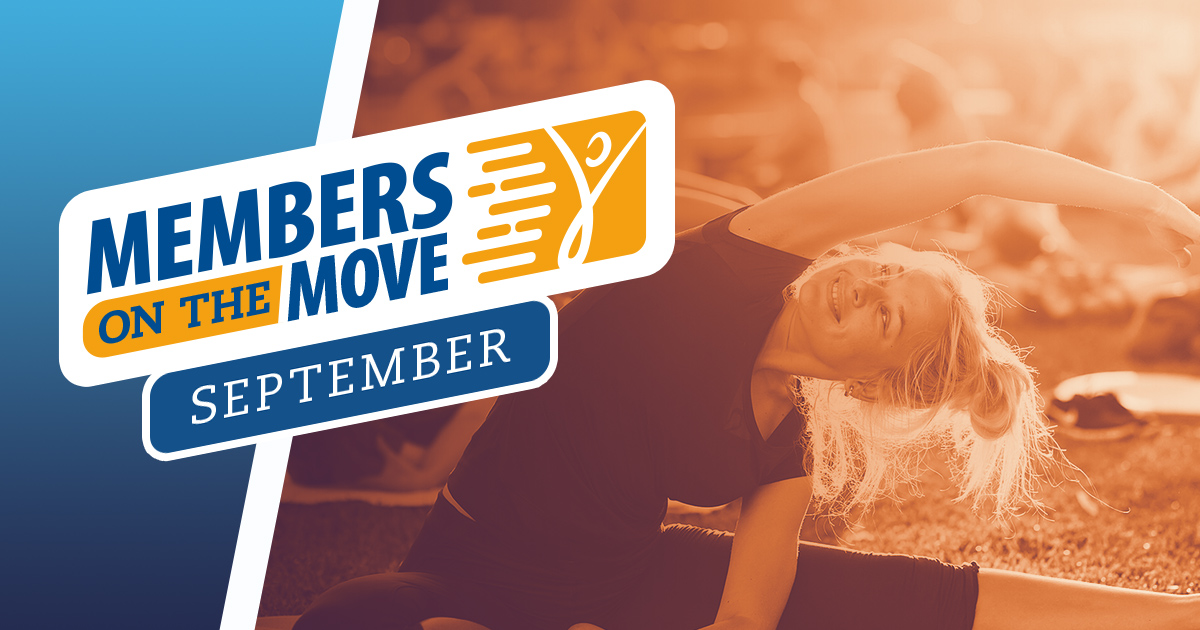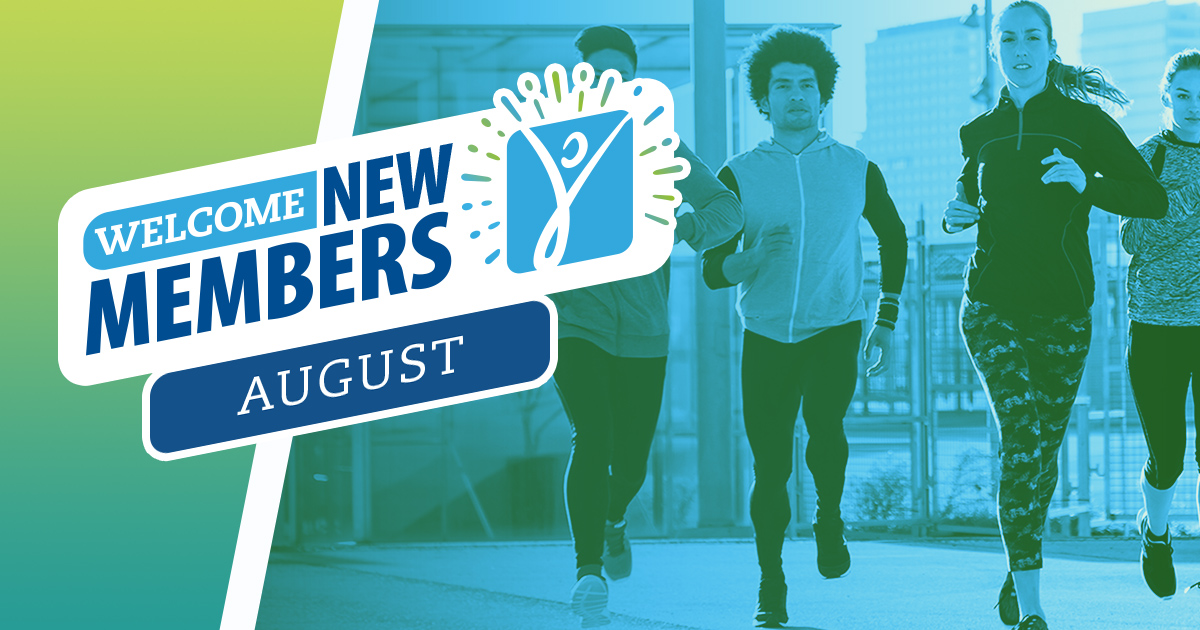The Concussion Advisory Council has been providing NIRSA members with a number of case studies showing how different institutions have implemented concussion management protocols—and there are more to come! It has also offered a few specific topical articles on developing partnerships and discussed the pros and cons of concussion-related tools.
But once a student has been diagnosed as concussed and has been removed from activity, then what? Return to play and return to learn protocols should be parts of your overall strategy related to concussion management. The focus of this article will be to explore return to play protocols, as there are conflicting findings in the research about the degree to which cognitive activity should be curtailed after a suspected concussion.
Clearance for return to play
Who has authority to clear a student for return to intramural, club sports, or open recreation play? Only a medical professional should exercise authority when it comes to clearing a student to return to play. A medical professional is best qualified to monitor symptoms and assess whether return to play is appropriate. Of course, how programs define a medical professional is an important question—a question that should be vetted by your campus’ legal counsel before implementing a protocol.
Some schools may consider athletic trainers who are certified to operate within the state as medical professionals with authority for return to play clearance. Some schools may choose to only allow MDs and PAs to sign return to play documentation. After discussing precedent with your athletic training staff (if you have them), your legal counsel should provide guidance on making the decision for assigning final return to play authority.
The issue of return to play clearance can be complicated by the “what you can know” doctrine. For more heavily supervised activities such as club or intramural sports, campus recreation professionals have more control over knowing when a student has sustained a head injury that may have resulted in a concussion. Once we’re aware of a head injury, we can begin implementing our monitoring, removal from play, and eventually, return to play protocols. For informal recreation, we may or may not know whether a head injury has occurred. For this reason, educating our students of the dangers of concussions should be a standard part of our overall approach to concussion management so they can become partners with us to protect themselves and their fellow students.
Form of return
Part of educating participating students should include informing them of the dangers of a premature return to play. This list of reminders has been adapted from cchstroy.org’s “Concussion Management Return to Play Protocol:”
- There’s greater risk for a second concussion due to a lower concussion threshold.
- They could suffer second impact syndrome; abnormal brain blood flow that can result in death.
- It could lead to the exacerbation of any current symptoms.
- There’s an increased risk of injury due to alterations in balance.
Once a qualified medical professional has cleared a student for return to play, a progressive approach should be taken to reintroduce activity. The Centers for Disease Control and Prevention (CDC) suggests a six-step return-to-play progression:
- Step 1: back to regular activities such as school
- Step 2: light aerobic activity
- Step 3: moderate activity
- Step 4: heavy, non-contact activity
- Step 5: practice and full contact
- Step 6: competition
For additional information about what each step involves, please see the CDC’s “Returning to Sports and Activities.” Throughout the return to play progression, students should be reminded to pay attention to any symptoms that may return which would suggest that more time is needed before moving to the next progressive step in return to play, or indicates that additional medical attention may be warranted.
Conclusions
Return to play protocols are one aspect of the campus recreation professional’s overall strategy for concussion management. Partnering with students regarding their health and wellbeing is critical as we realize our collegiate recreation mission. Sharing with students our value of educating them about the dangers of, signs of, and recovery from concussions is also part of our educational mission.
We can and should continue to educate and set expectations of our staff and student leaders regarding promising practices for recognizing head injuries and potential concussions. And our goal of keeping students as safe as is reasonable will be best realized when all our students are actively involved in concussion management.
- For more information contact NIRSA Headquarters.
Wallace Eddy, PhD, RCRSP, is the Associate Director for Risk Management and Assessment at the University of Maryland's University Recreation and Wellness. He's also currently a member of NIRSA's Concussion Advisory Council; he can be reached at weddy@umd.edu.







